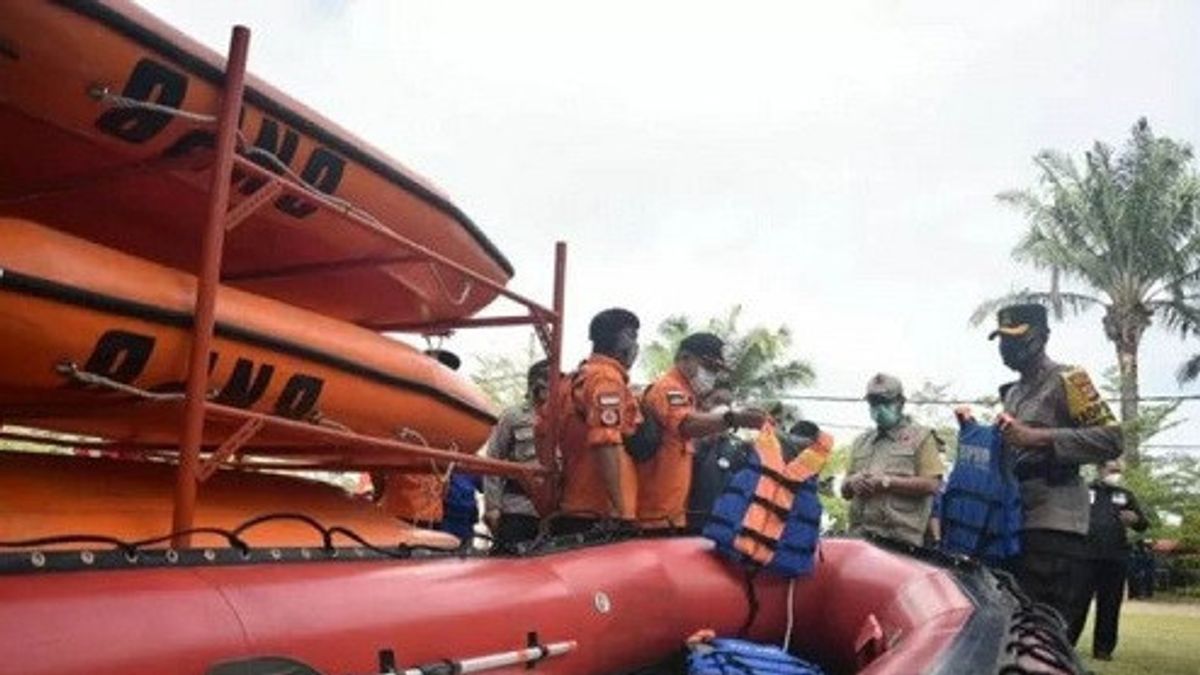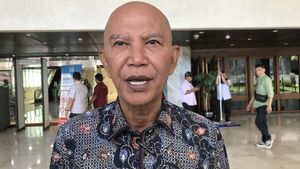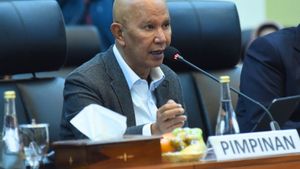YOGYAKARTA - The Regional Disaster Management Agency (BPBD) of the Special Region of Yogyakarta (DIY) ensures that the formation of disaster-resilient villages continues to be carried out by referring to the Indonesian National Standard (SNI) on Disasters.
"Since 2011 we have maximized the disaster-resilient village program. Every year we expect 25 villages to become disaster-resilient villages based on SNI-Disaster," said BPBD DIY Operations Control Center (Pusdalops) Manager Lilik Andi Aryanto in Yogyakarta, Friday, May 20.
By implementing SNI 8357:2017, he hopes that the resilience of communities in disaster-prone areas can be strengthened so that they are able to reduce risks that arise when disasters occur.
"So in our opinion, this disaster-resilient village will understand the threat of disaster because the community itself understands the threats and potentials that exist in their area," he said quoting Antara.
Lilik gave an example, that SNI is applied in every construction of signs and evacuation routes in disaster-resilient villages.
With the existing standards, he hopes that the route and signs of disaster evacuation can be understood not only by the local village community.
"By referring to the standard, immigrants or people from outside the village can also understand the signs that are installed," he added.
Lilik said that out of a total of 438 villages in DIY, 301 villages were mapped that had disaster vulnerabilities ranging from tsunamis, earthquakes, floods, landslides, hurricanes, and the eruption of Merapi.
He targets that by 2023 all villages spread over the five regencies/cities can become disaster-resilient villages. "So far, 276 disaster-resilient villages have been formed," said Lilik Andi Aryanto.
The English, Chinese, Japanese, Arabic, and French versions are automatically generated by the AI. So there may still be inaccuracies in translating, please always see Indonesian as our main language. (system supported by DigitalSiber.id)













